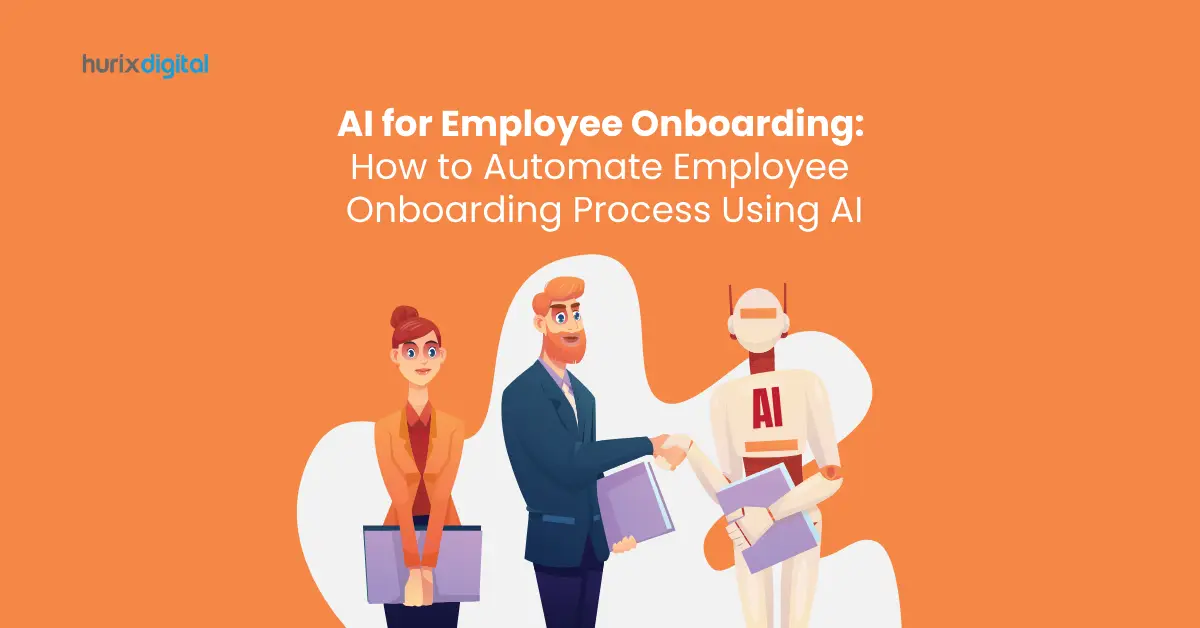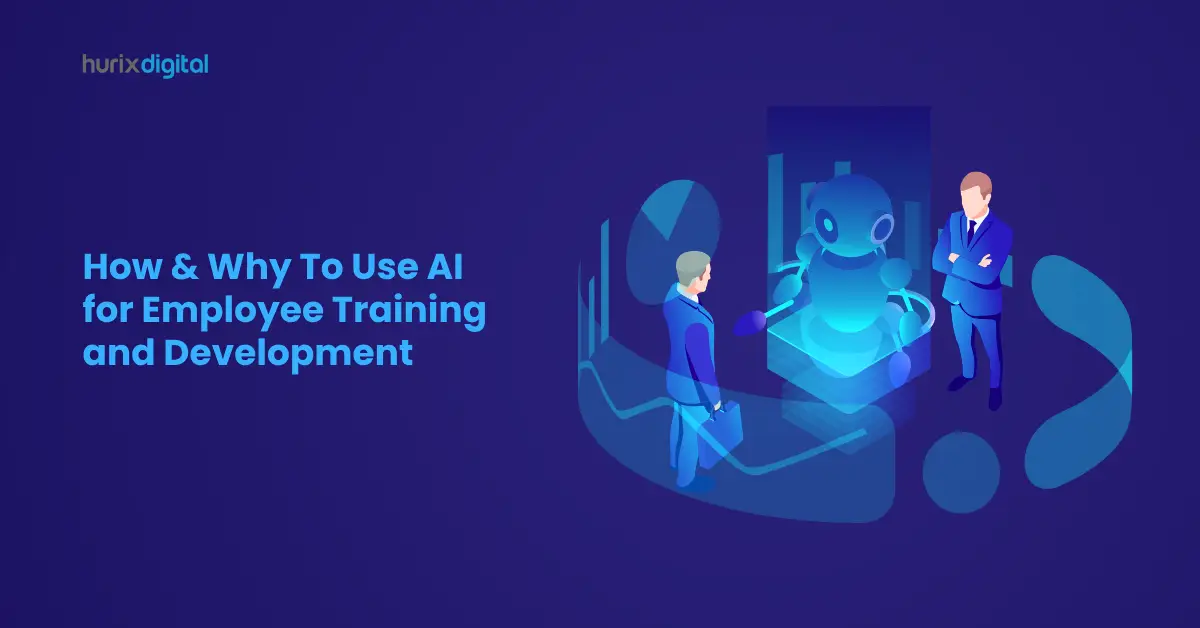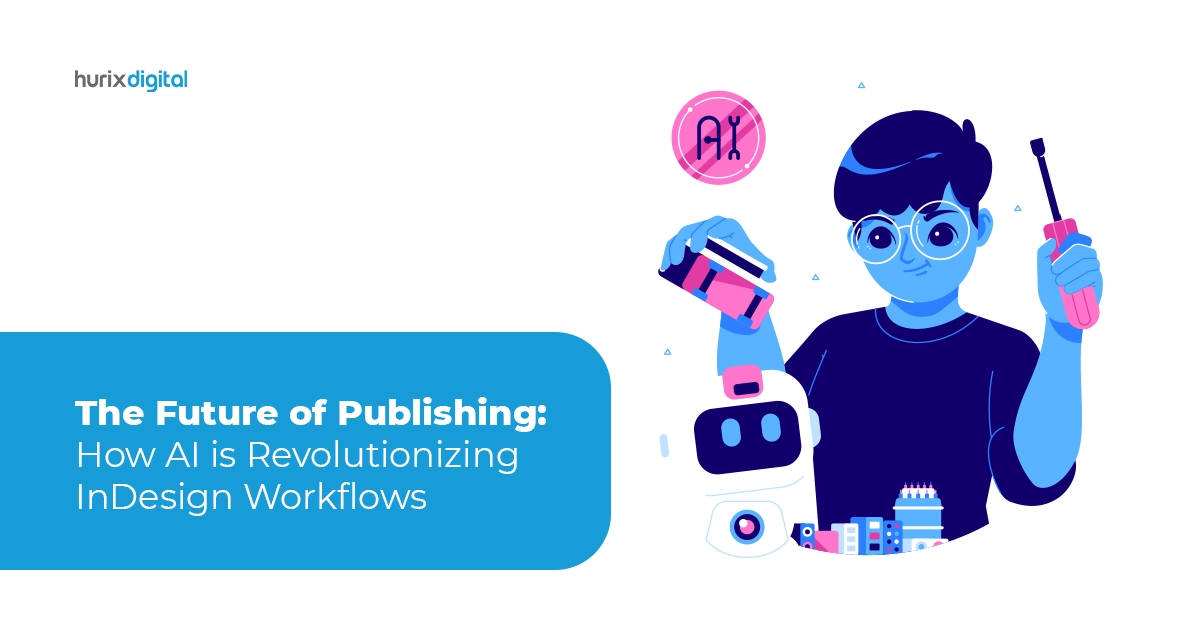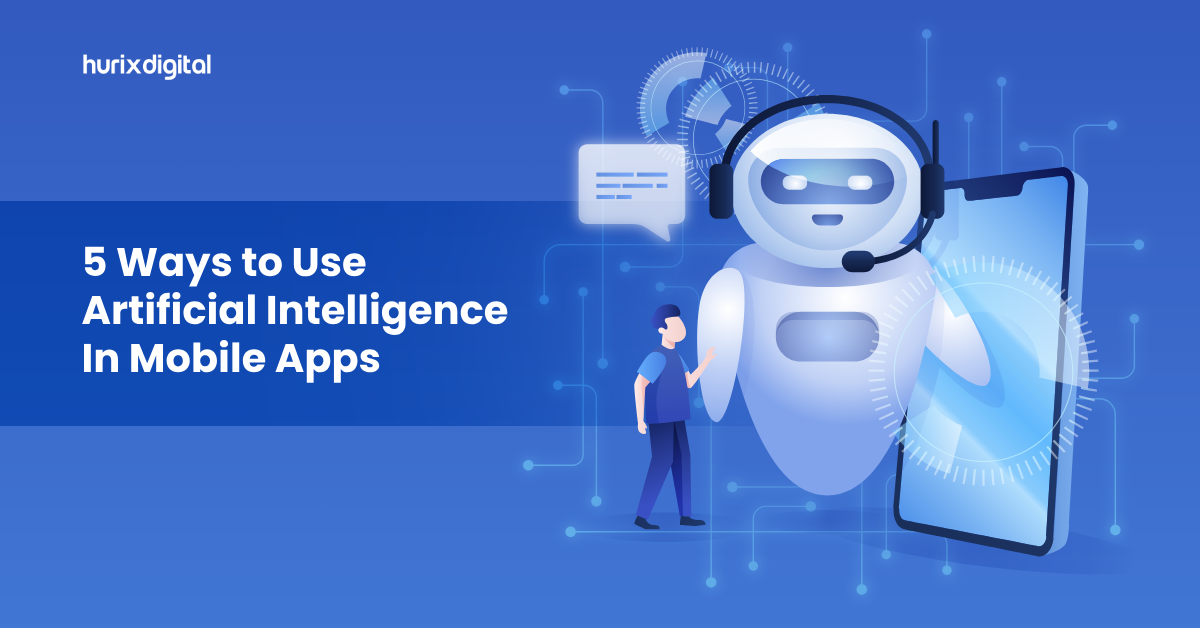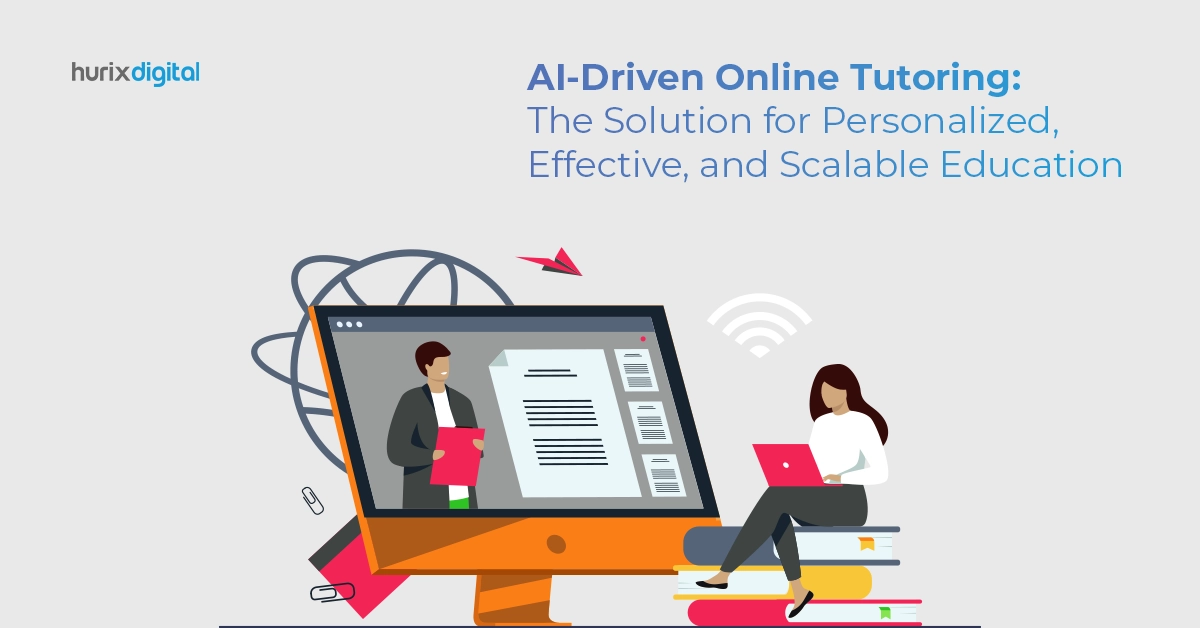Employee onboarding is a crucial process that sets the tone for an employee’s initiation into a company and its culture. Due to the various nuances involved, onboarding is typically a tedious and error-prone process when carried out through traditional operations.
The global onboarding software market is estimated to be valued at $1.7 billion by 2026, and for good reason. With rapid technological advancements, corporations are now able to make use of AI in onboarding to streamline and enhance the onboarding experience for their new employees.
In this blog, we will discuss automated onboarding processes, the question of whether onboarding should be automated, and consider the benefits and challenges associated with it.
Table of Contents:
- How Do You Automate an Onboarding Process?
- Should Onboarding Be Automated?
- Personalization in Automated Onboarding
- The Future of AI in Employee Onboarding
- Conclusion
How Do You Automate an Onboarding Process?
Automating the onboarding process requires the deployment of novel technologies to streamline tasks, enhance efficiency, and elevate the overall experience for new employees. According to research, employees who have a positive experience during their first 90 days at a company are 10 times more likely to stay.
Let’s discuss some key strategies and advancements that make AI for onboarding a prolific tool in HR practices:
1. AI Algorithms for Document Processing
The integration of AI algorithms has revolutionized traditional practices, offering enhanced efficiency and accuracy to streamline the onboarding process. Let’s discuss some of the key advantages of AI algorithms for document processing:
- Automated Onboarding: Advanced AI algorithms can be used to verify and process the necessary onboarding documents.
- Reduction of Manual Errors: Automated onboarding processes significantly reduce the possibility of manual errors that become inevitable over time when dealing with traditional document verification methods.
2. Personalized Onboarding Plans
As organizations recognize the potential of automating employee onboarding processes, it paves the way for customizable and personalized onboarding experiences. Using AI algorithms enables in-depth analytic insights into new employee information:
- Analytic Insights on Employee Information: Employee onboarding automation allows for the analysis of new employee information. This can include roles, preferences, and skill sets, providing a comprehensive understanding of every employee and creating adaptive learning paths for future growth.
- Individually Catered Onboarding: This analysis can speed up the creation of personalized onboarding plans that are individually catered to the needs of every new employee. This streamlines the onboarding process and ensures that the employee’s transition into the company’s work culture is seamless.
Also Read: The Future of Staffing Solutions: AI and Automation
3. The Integration of AI-powered Chatbots
AI-powered chatbots function as a convenient solution to ensure that new employees receive the proper support during a transitional phase. Let’s go further into the advantages of utilizing AI-powered chatbots:
- Convenient FAQ Resource: The incorporation of artificial intelligence in HR through the implementation of chatbots allows for easy resolutions for frequently asked questions, functioning as an accessible resource for new employees.
- Real-time Assistance: The implementation of chatbots can help provide real-time assistance and ensure that new employees receive the prompt support they need during a transitional period, providing a more responsive onboarding experience.
- Reduction of Onboarding Bottlenecks: By dealing with common issues, AI-powered chatbots can help reduce bottlenecks and provide a smoother onboarding experience.
4. AI-Driven Training Modules
Training modules and learning platforms developed with AI cater to individual learning styles, ensuring that training evolves with the unique needs of each employee. Let’s explore the key facets of AI-driven training modules:
- Adaptive Learning Experiences: Training modules developed by AI allow employee training to adapt to the learning differences and progress of all employees and create more nuanced learning opportunities beyond the initial onboarding.
- Targeted Information: AI-facilitated training ensures that new hires receive information that is not only relevant but also targeted, effectively removing hurdles in the onboarding process.
- Reskilling and Training: Employee training facilitated by AI helps ensure that new hires receive relevant and targeted information to remove any hurdles in the onboarding process. According to the IBM Global Adoption Index 2022, 35% of organizations are training and reskilling employees to work with new AI and automation software and tools.
Should Onboarding Be Automated?
The decision to automate onboarding processes depends on many factors. Let’s look at a few pros and cons while considering specific needs and technological readiness.
1. The Pros of Automation
- Efficiency and Speed: Automated onboarding processes help significantly reduce the time needed for essential tasks. Quicker onboarding also helps new employees begin feeling proficient and comfortable in their new roles faster.
- Reduced Errors: AI in employee onboarding helps minimize errors that are typically associated with manual onboarding. Accurate data processing through AI algorithms helps ensure that new employees are given correct and consistent information.
- Reduced Costs: The use of AI for onboarding can reduce spending by streamlining resource allocation and reducing manual effort. HR professionals can redirect their resources toward tasks that require thought and effort.
2. The Cons of Automation
- Diminishing Interpersonal Connections in Onboarding: It can be argued that the advent of artificial intelligence in AI has diminished the personal aspects associated with traditional manual methods.
- Complex Technical Upkeep: The implementation of AI for onboarding is complex and can require a continuous effort toward keeping up with newer technologies and ways of training employees.
Personalization in Automated Onboarding
Proficient automated onboarding processes require a proper balance between automation and personalization. Perfecting this balance is crucial for organizations looking to streamline their operations for an engaging onboarding experience, which can be accomplished through the following strategies:
- Human-Centric Approach: Incorporate elements of personal interaction, mentorship, and team-building activities. According to reports, 78% of respondents feel that onboarding programs lead to a positive attitude towards their employers.
- Feedback Mechanisms: The implementation of feedback mechanisms can help to understand employee experiences during the onboarding process. Employee onboarding automation can make use of feedback analysis to receive insights and further improve the onboarding experience.
The Future of AI in Employee Onboarding
As technology advances, the use of AI in employee onboarding is also going to evolve. Some potential technologies that could define the future of employee onboarding include:
- Predictive Analysis: AI can be used for predictive analytics to anticipate the needs and preferences of new hires. By analyzing data and trends, AI can predict potential challenges and proactively resolve issues in the onboarding process.
- VR and AR Technologies: Virtual Reality and Augmented Reality can be integrated into onboarding processes to create immersive experiences for new hires. Employees can virtually explore their workplace and real-world environments, enhancing their understanding of the organizational framework.
- Simulation of Real-World Situations: This technology simulates real-world scenarios to provide a more comprehensive understanding of job roles. This accelerates learning and helps employees develop experience as they deal with the simulated challenges.
Also Read: Unlock Success for Your Business with AI Workflow Automation
Conclusion
The advent of AI for employee onboarding presents a wide range of benefits, from streamlined processes to enhanced efficiency. The advantages of automating onboarding processes depend on specific needs and priorities that vary for each corporation.
Reaching a balance between automation and the personal aspects of effective onboarding is the key to unlocking the full potential of AI. Embracing new technologies and devising innovative solutions can correctly position organizations to create a positive onboarding experience for new employees.
If you are looking to adopt a customizable and AI-powered learning platform, Hurix Digital is here to support you in meeting your onboarding and upskilling needs.
Get in touch to understand how you can bring in the best corporate learning solutions for your business.


